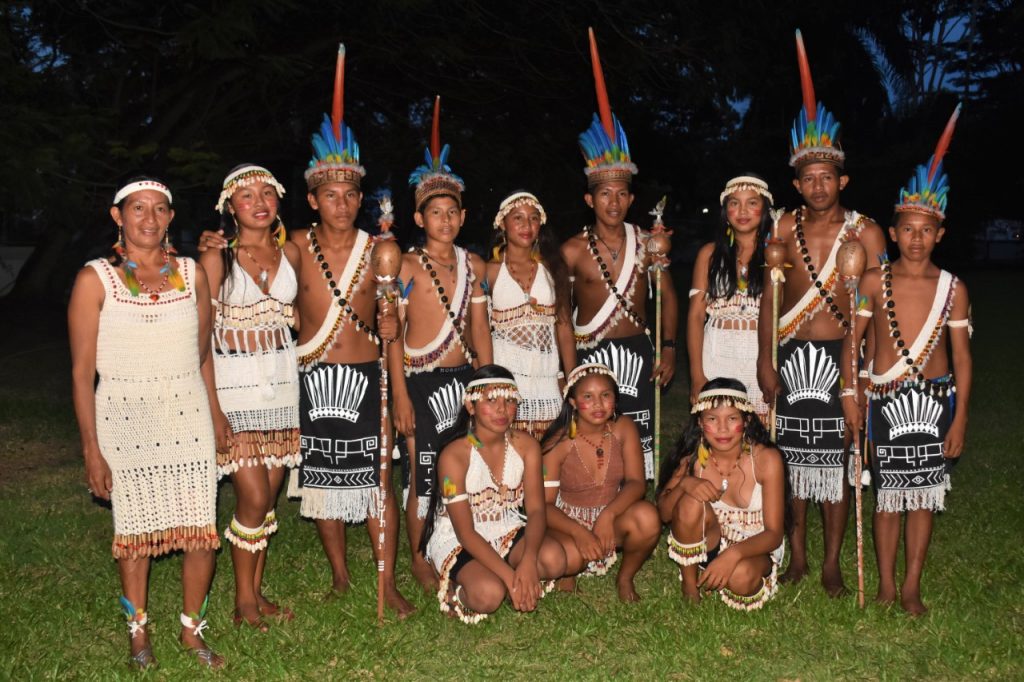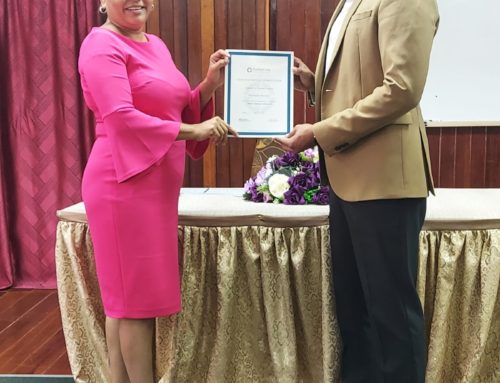Brief History of Amerindians in Guyana
Nearly 11,000 years ago, the Amerindians travelled over the Bering Strait and were considered as Guyana’s first settlers. These earliest Guyanese were once Nomads.
These nomads settled in various parts of Guyana such as the North-West, Pomeroon Districts, Mazaruni basin, Pakaraimas Highlands, Rupununi, the Berbice Riverine and South-West Rupununi.
Research by Guyanese Anthropologist Williams revealed that the diet of the Amerindians in North West and Pomeroon District mostly consisted of fish, turtles, crabs, snails, wild animals, beetle larvae, wild cashew, eetay palm flour, and wild honey. Those who later migrated in the savannahs hunted water-fowl, fish, turtle, caiman, deer, sloth and monkey.
Williams further stated that as a result of regular droughts, the prolific growth of the eetay palm suffered hence, a subsequent decline in the supply of starch. The decreased in supply forced the early people to seek alternatives such as the cassava. Hence, the domestication of this root vegetable grew as a permanent agricultural crop.
Cassava is cultivated throughout the tropical world for its tuberous roots, from which cassava flour, bread, tapioca, a laundry starch, and an alcoholic beverage are derived. The adoption of the bitter cassava played a significant role in Amerindian existence. Due to its lasting quality, it expanded the potential for travel and exploration. The cassava produced food and bi-products such as cassava bread, casreep, and farine (flour) – all of which could last for a relatively long period.
To this end, the stone grater, matapee, sifter, ceramic griddles are used in the processing of cassava to produce food.
Cassava is a good source of dietary fibre as well as vitamin C, thiamin, folic acid, manganese, and potassium.





